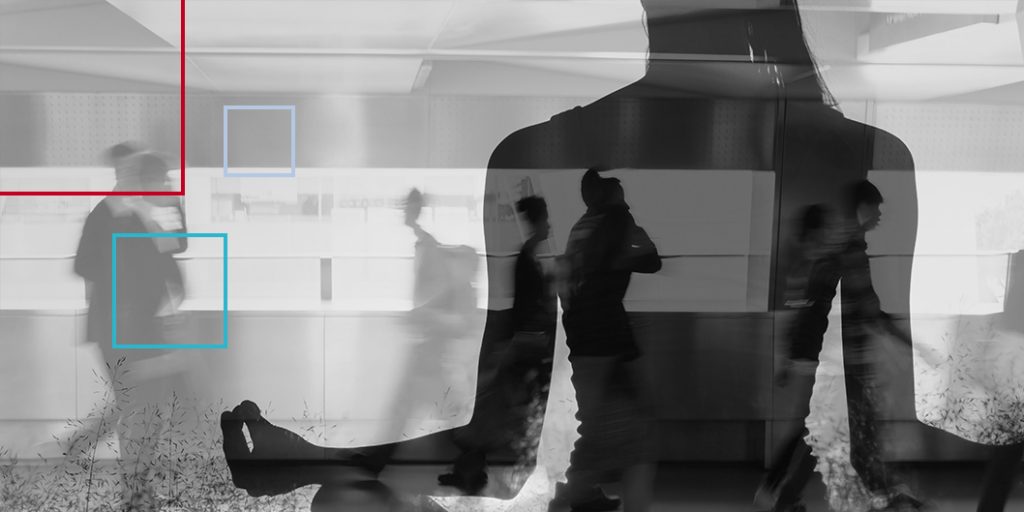WiseTalk podcast: “Impact Players” with Liz Wiseman available!

As expected, Sue’s recent WiseTalk interview with expert Liz Wiseman about her latest book Impact Players delivered great insights (and a few laughs.) “That is what an impact player really is. They’re these standout contributors that make teams better. We see it out in the sports world, but they also exist in the work world.” Sue […]
Mariposa Celebrates 25 Years in Business

Executive Leadership Coaching in high demand, Mariposa Leadership, Inc. brings on four new coaches and celebrates 25 years in business San Francisco, CA, December 2021 — While some businesses pulled back on leadership development during the pandemic, many continued to use executive coaches to support high-level leaders as they navigated through unprecedented uncertainty. “We continue […]
Let’s Leave the Armor Off, for Good

A personal perspective on leading differently in the next pandemic transition We have choices as we emerge from the pandemic: We can go back to what now seems like an unsustainable pre-Covid frenetic pace, or we can use this next pandemic transition phase to start afresh, to have different kinds of conversations with our teams (and ourselves). […]
Skills for Effective Leadership Team Development

Developing your leadership team is best done through effective and frequent coaching. And establishing rapport is the critical first step in our In-The-Moment Coaching model. So what happens next? Understand the problem that needs solving. This occurs in the “Assess” step in our In-The-Moment (ITM) Coaching model. Here are three reasons leaders who learn the […]
SFBT Top LGBTQ-Owned Business

The San Francisco Business Times has named Mariposa Leadership, Inc. to its Top 50 list of “Largest LGBTQ-Owned Businesses” in the Greater Bay Area. Ranking at number 35, Mariposa is the only executive leadership coaching company listed in the publication’s recent survey. For over 24 years, Mariposa has been known as a community of learners […]
UPDATED: Workplace Culture (Now and the Next Normal)

Culture – the cohesiveness that shapes a company. I like to describe culture as the “ways things are around here” and see it as imperative to your company’s success — just like strategy, structure, and operations. by Sue Bethanis, CEO/Founder of Mariposa, [email protected], @suebethanis Understandably, in the past month, conscious attention to culture might have fallen by […]
Working Parents + Shelter-in-Place. Mission Impossible?

by Tawny Lees, COO and Executive Coach, [email protected] As I’ve been talking with and coaching clients this week, the reality of long-term school closures and shelter-in-place orders seems to be hitting working parents the hardest. It can feel impossible for two-parent homes where both partners work from home — and gets even harder when one […]
Four Tips to Navigate Working from Home

by Anne Loehr, Executive Coach, [email protected] I talk for a living, whether it’s through keynotes, employee training, executive coaching, human capital consulting, writing articles, or just a chat with a client. I’m lucky enough to have clients from a variety of industries and sectors, giving me a wide view of how organizations are handling similar […]
Six Keys to Leading in Crisis

by Barbara Baill, Executive Coach, [email protected] Leaders have an increased responsibility to lead during times of crisis and this current COVID-19 crisis is certainly one of those times. We have identified 6 C’s as keys to demonstrate your leadership today. Calm In any crisis, we look to our leaders for signals that we can either, […]
Working from Home: The Opportunity

by Sue Bethanis, CEO/Founder of Mariposa, [email protected], @suebethanis If you’re a knowledge worker living in the Bay Area and are not already working from home (WFH) by choice or by company policy, my guess is you soon will be. I suspect we will be following Seattle’s lead this week or next. I have been working […]
